Your cart is currently empty!
Tag: Temperature Management
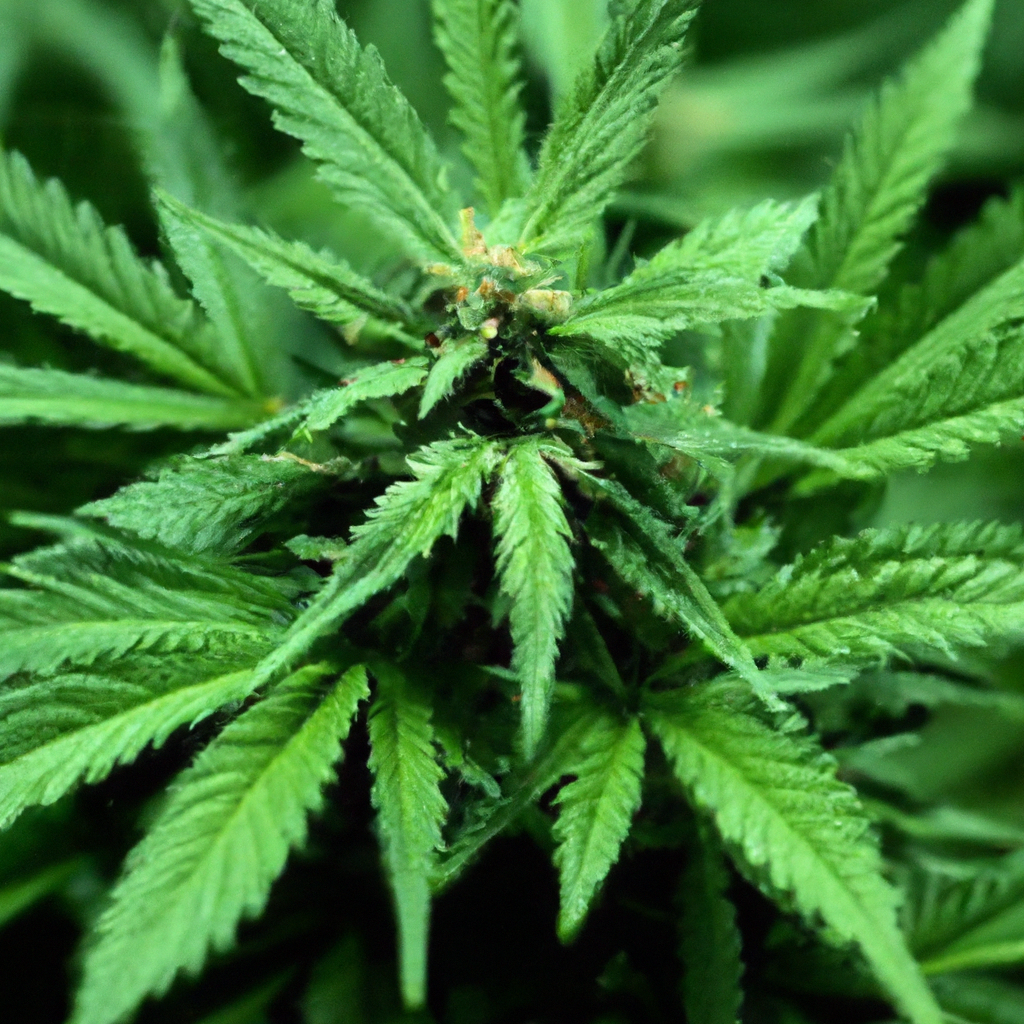
As the cannabis industry thrives, advanced climate control techniques have become essential for enhancing plant health and optimizing yields. Key methods include maintaining ideal temperature and humidity levels, CO2 enrichment, and effective ventilation. Successful examples include growers like Green Fields and Zen Gardens, who have seen increased yields and reduced energy consumption by integrating precision…
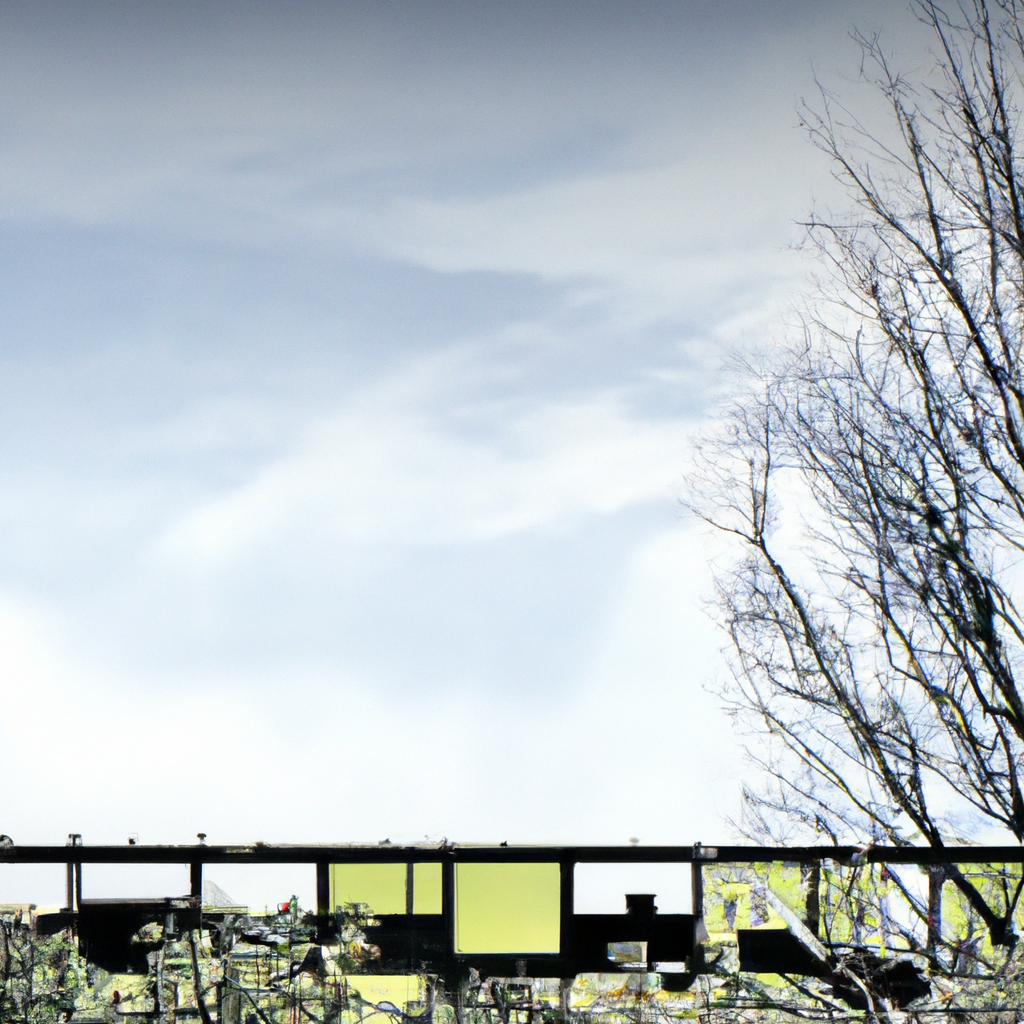
Indoor cannabis cultivation provides growers with precise control over environmental factors like temperature, humidity, and light, facilitating optimal growth conditions and potentially enhancing yield and quality. The article explores the advantages such as better climate control, pest management, light optimization, and privacy. Key strategies for maximizing yield include using high-quality LED lighting, maintaining ideal temperature…
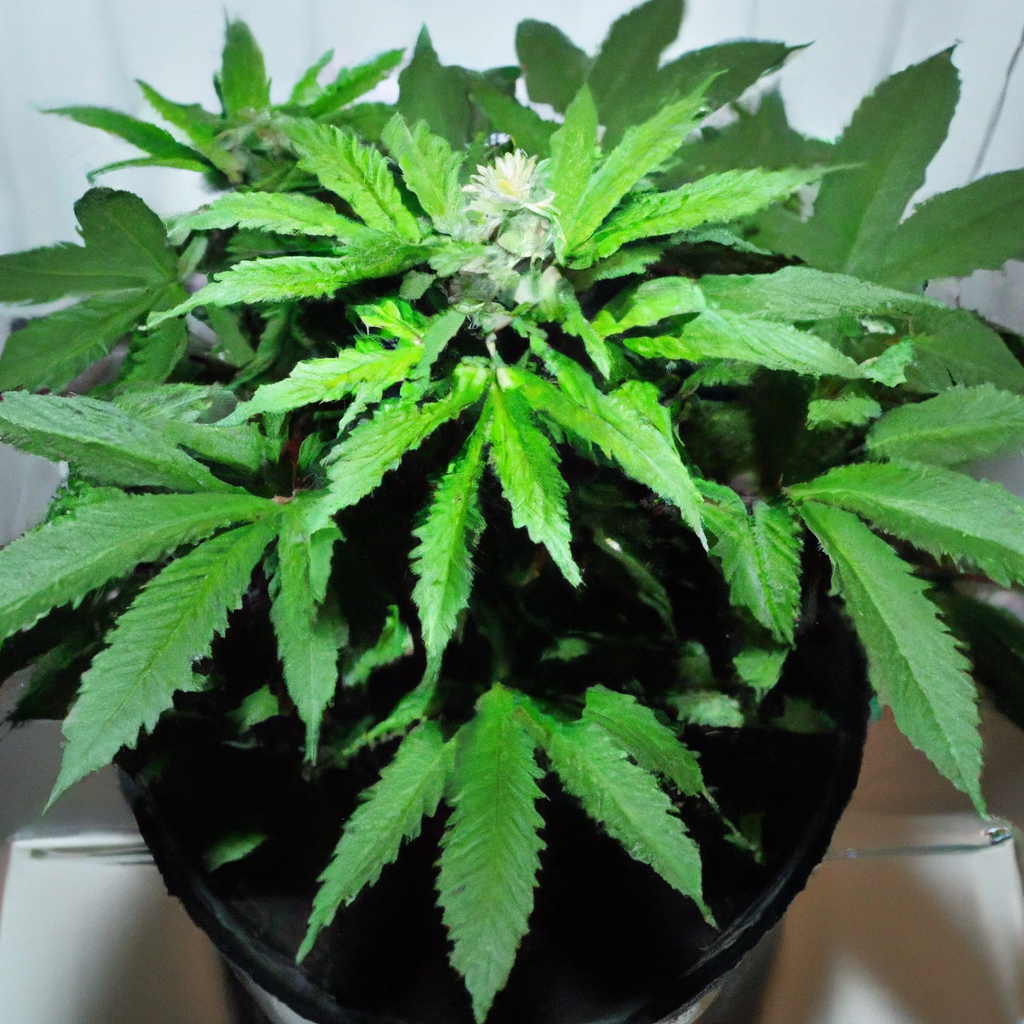
Cannabis cultivation is a year-round endeavor, with overwintering playing a crucial role in maintaining plant health and ensuring robust spring growth. This process involves keeping cannabis plants alive through colder months, allowing them to store energy and rejuvenate. Key techniques include selecting hardy strains like Indicas, managing temperature and humidity, adjusting watering schedules, and maintaining…
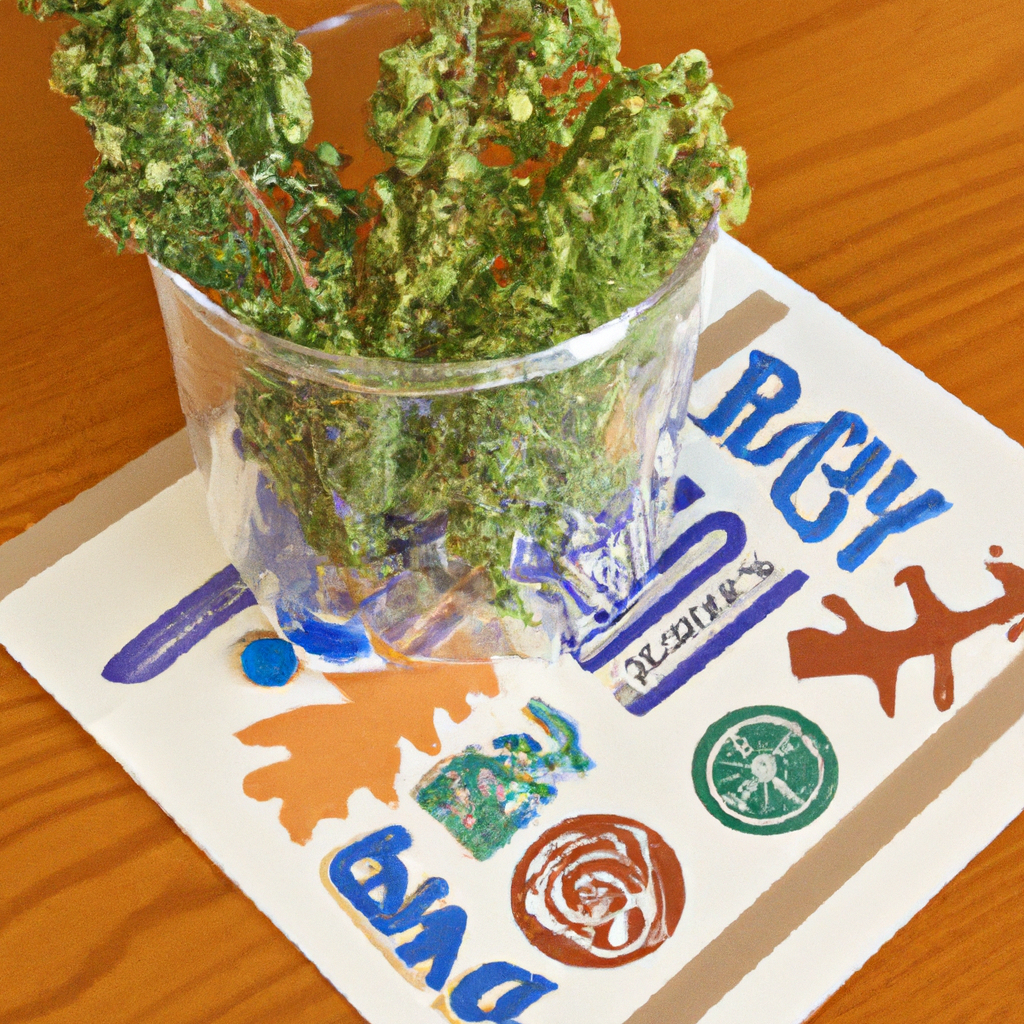
Effectively managing seasonal changes is crucial for successful outdoor cannabis cultivation. This article offers tips to handle fluctuating temperatures, water requirements, and pest risks throughout the year. Key strategies include balancing nutrients in spring, safeguarding against heat in summer, monitoring for mold in autumn, and using protective measures in winter. Emphasizing mulching, drip irrigation, rainwater…
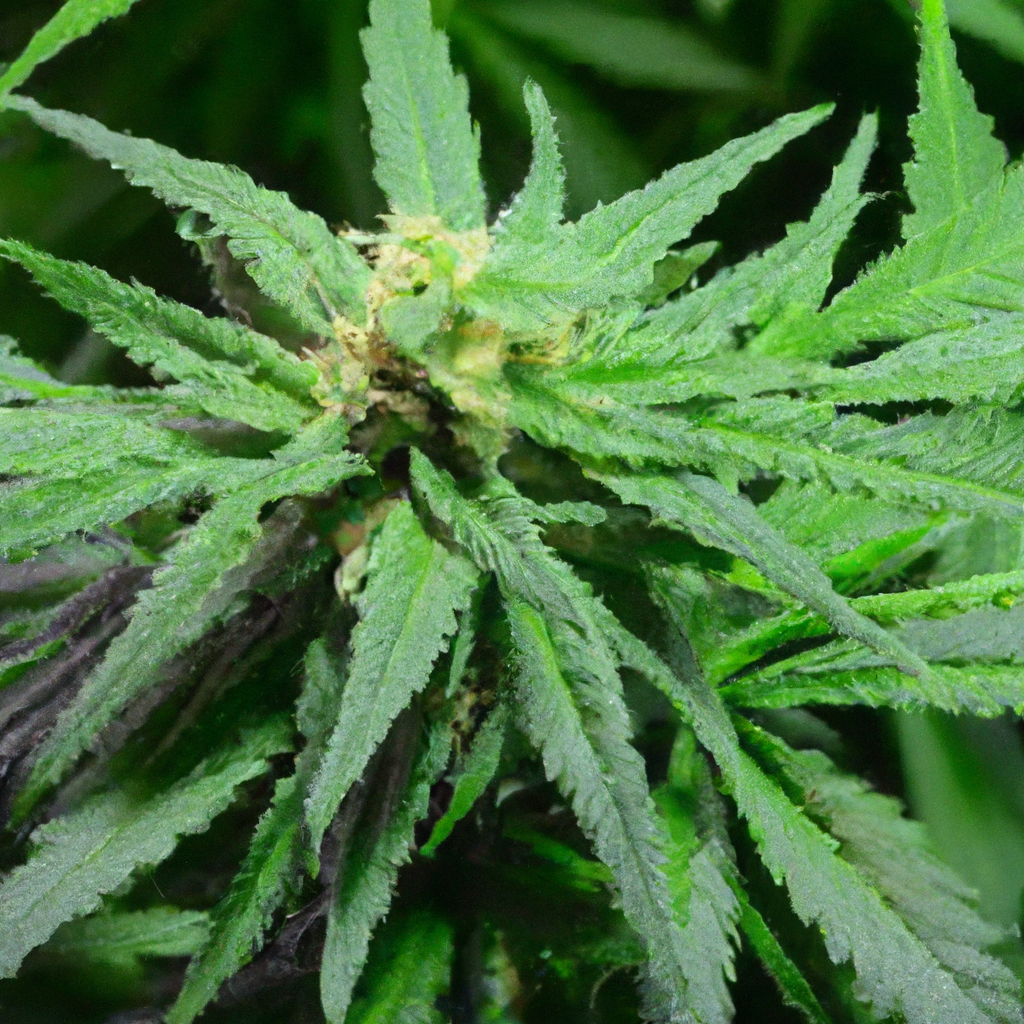
Growing cannabis requires a keen understanding of the interplay between temperature and humidity, crucially linked through Vapor Pressure Deficit (VPD). This post explores how balancing these factors, with a recommended VPD range of 0.8 to 1.2 kPa, can enhance crop success. Smart climate controls and proper ventilation are vital in achieving this balance. The post…
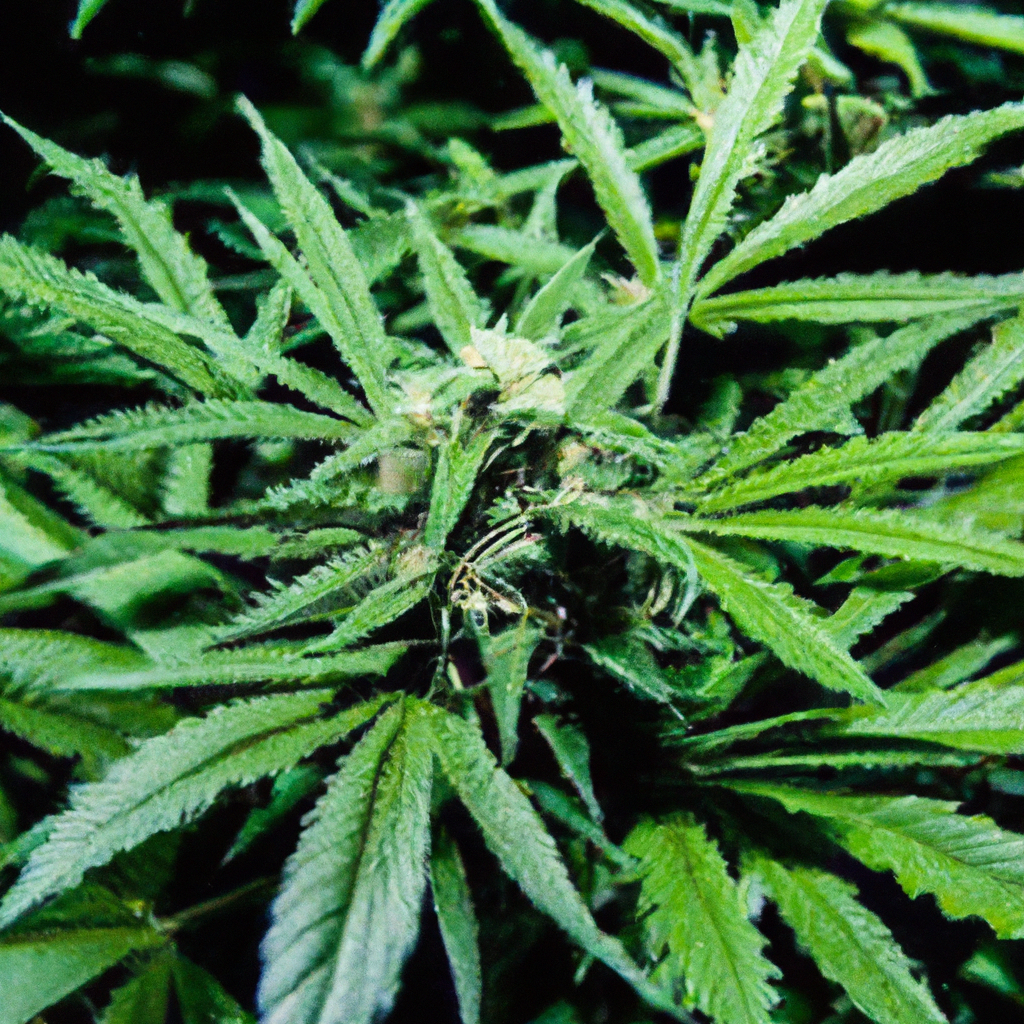
Proper temperature management is essential for the healthy growth and optimal yield of cannabis plants, impacting photosynthesis, nutrient absorption, and flowering. Maintaining an optimal temperature range of 70-85°F during the day promotes efficient photosynthesis and nutrient uptake while ensuring better bud development during flowering. To manage temperatures effectively, regularly monitor via thermometers, employ quality HVAC…
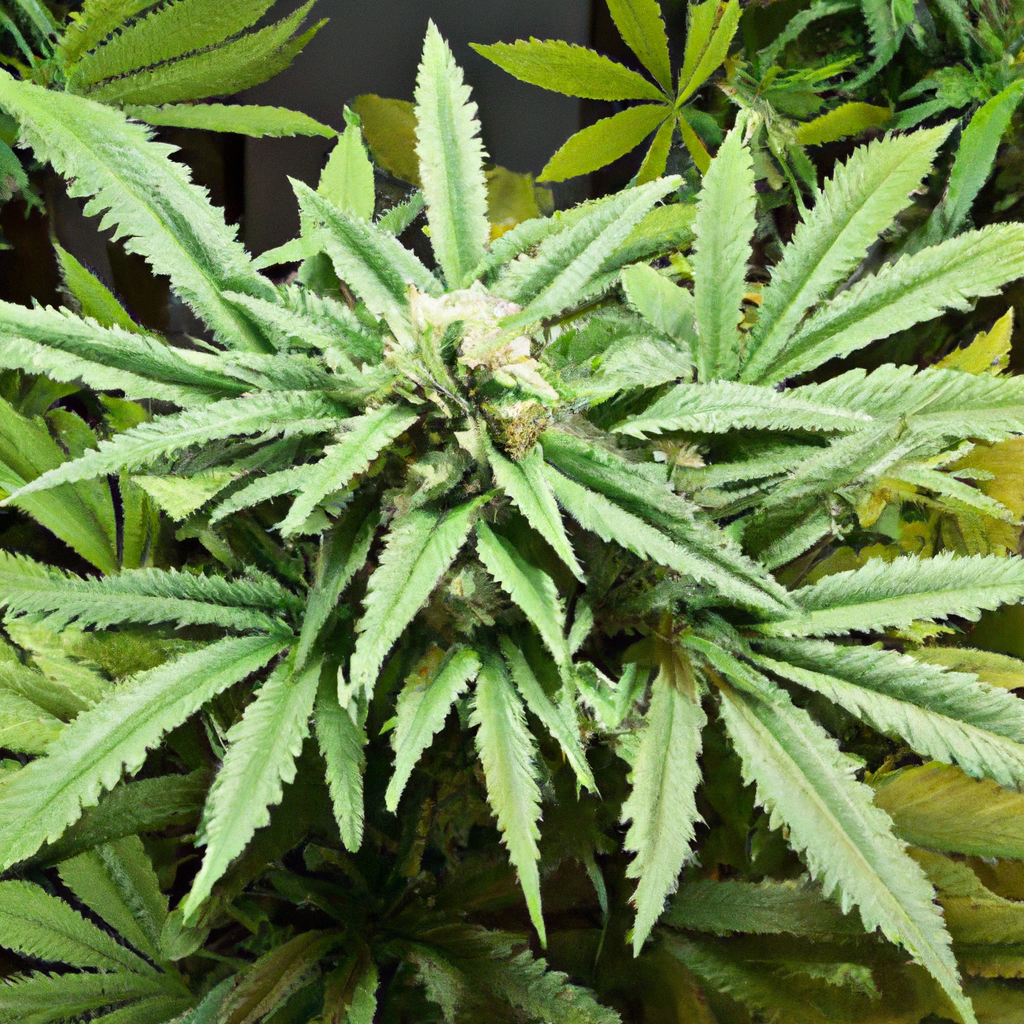
Growing cannabis in a greenhouse merges the controlled conditions of indoor cultivation with the advantages of natural outdoor elements. This approach offers benefits like manageable environments, cost savings, and extended growing seasons. Essential techniques for success include precise temperature and humidity control with reliable HVAC systems, effective pest management using natural strategies, and strategic light…

Cultivating cannabis requires more than just selecting strains and quality nutrients; the environment plays a crucial role. Effective climate control, focusing on temperature, humidity, and air circulation, can significantly boost growth and yields. Cannabis thrives in specific temperature and humidity ranges, and ensuring proper air circulation is vital. Innovative techniques like dynamic HVAC systems, advanced…

Temperature control is essential in cannabis cultivation, impacting plant health and productivity. Each growth stage requires specific temperature ranges: seedlings thrive at 20-25°C, vegetative growth occurs best at 22-28°C, and flowers benefit from 18-26°C. Key strategies for managing temperature include using LED grow lights for their low heat output, implementing effective ventilation systems, and utilizing…
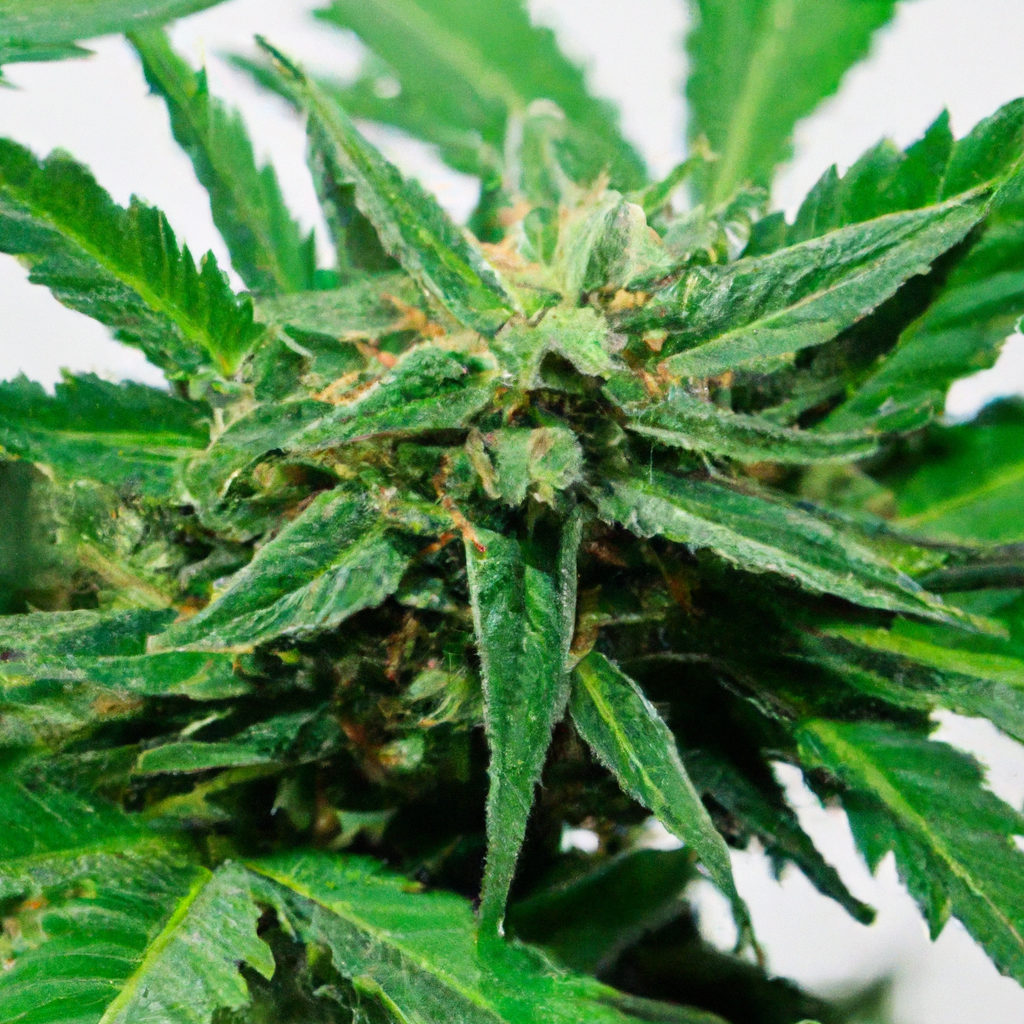
Managing stress is vital for healthy cannabis cultivation, as factors like temperature fluctuations, nutrient imbalances, light stress, and pests can impact growth and yield. This guide delves into practical stress management techniques. Key strategies include maintaining stable temperatures, following balanced nutrient regimens, optimizing lighting practices, and implementing pest control measures. A case study highlights how…
